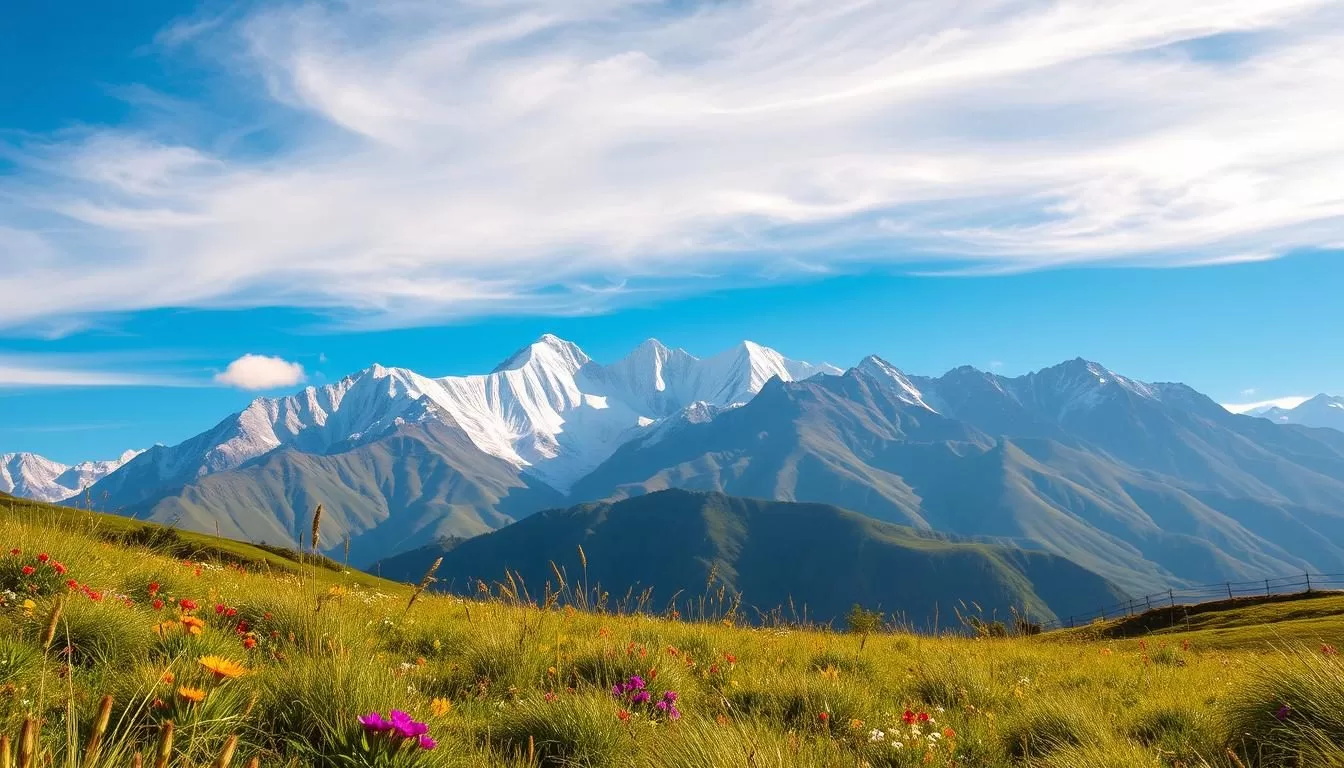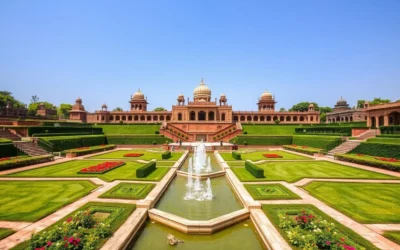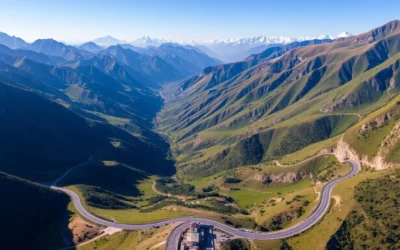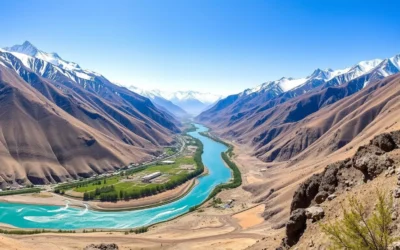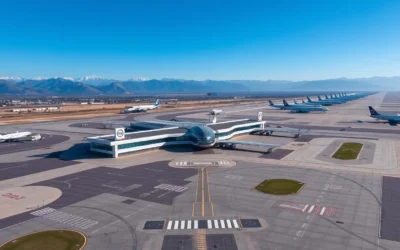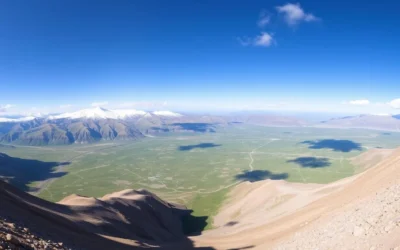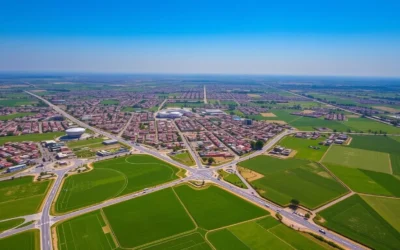✓ Accommodations✓ Flights✓ Rental Cars✓ Tours & Activities
Planning a trip to Pakistan can be challenging due to its diverse climate zones, ranging from scorching deserts to the snow-capped peaks of the world’s second-highest mountain, K2.
The country’s dramatic elevation differences create vastly different weather conditions throughout the year, making timing crucial for a successful trip.
Understanding the best time to visit is essential to avoid extreme temperatures and make the most of your trip, whether you’re drawn to the mountain scenery of the north or the cultural sites of the south.
By considering the varying weather patterns and months that suit your travel goals, you can have a weather-savvy trip to Pakistan.
Understanding Pakistan’s Diverse Climate Zones
Pakistan’s geography is as varied as its climate, ranging from the scorching deserts of Sindh to the snow-capped peaks of the Karakoram range. This diversity in landscape gives rise to multiple climate zones, each with its unique characteristics.
From Sea Level Deserts to 8,611m Peaks
Pakistan is home to some of the most extreme variations in elevation, from the sea-level Arabian Sea coast to the towering peaks of K2, the world’s second-highest mountain at 8,611 meters. This vast range in altitude contributes to the country’s diverse climate zones. For instance, June is the warmest month, with temperatures averaging around 39 degrees Celsius, while January is the coldest, with averages around 18 degrees Celsius and nighttime temperatures potentially dropping to 7 degrees Celsius.
Regional Weather Patterns Across the Country
The weather patterns across Pakistan vary significantly by region. The southern provinces experience intense summer heat, while the northern areas remain cool during the same period. The monsoon season, which typically occurs from July to September, has varying impacts across different regions, causing heavy flooding in some areas like Sindh and minimal rainfall in others, such as parts of Balochistan.
| Region | Summer Conditions | Winter Conditions |
|---|---|---|
| Southern Provinces | Scorching heat, temperatures often above 39°C | Mild and comfortable, ideal for travel |
| Northern Areas | Pleasantly cool, ideal for trekking and mountain adventures | Cold, with snow-covered landscapes |
| Coastal Areas | Hot and humid, moderated by sea breezes | Mild, with temperatures rarely dropping below 10°C |
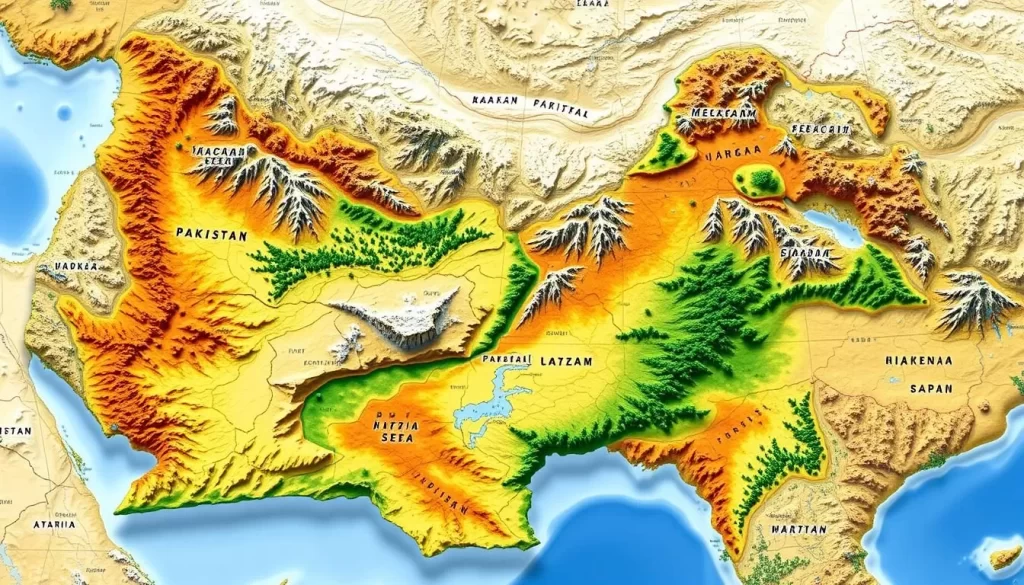
As you plan your trip to Pakistan, understanding these regional weather patterns is crucial. The country’s diverse climate zones mean that the best time to visit varies significantly depending on the region you’re interested in exploring. Whether you’re looking to enjoy the mild winters of the southern plains or the cool summers of the northern mountains, Pakistan has something to offer throughout the year.
Pakistan: Best Months for a Weather-Savvy Trip
The ideal time to explore Pakistan depends on whether you’re heading to the northern mountains or the southern plains. Understanding the seasonal weather patterns is crucial for a memorable trip.
April to October: Ideal for Northern Mountains
The best time to visit the northern mountains of Pakistan is from April to October. During these months, the weather is pleasant, making it ideal for trekking and mountain adventures. The temperatures are mild, and the conditions are perfect for exploring the beautiful landscapes of Gilgit-Baltistan and Hunza Valley.
November to March: Perfect for Southern Plains
For the southern plains, including cities like Lahore and Karachi, the best time to visit is from November to March. The winter months offer comfortable temperatures, ranging from 18-27°C (65-80°F), making it perfect for sightseeing. You can explore historical sites like Mohenjo-daro and Rohtas Fort without the exhaustion of summer heat.
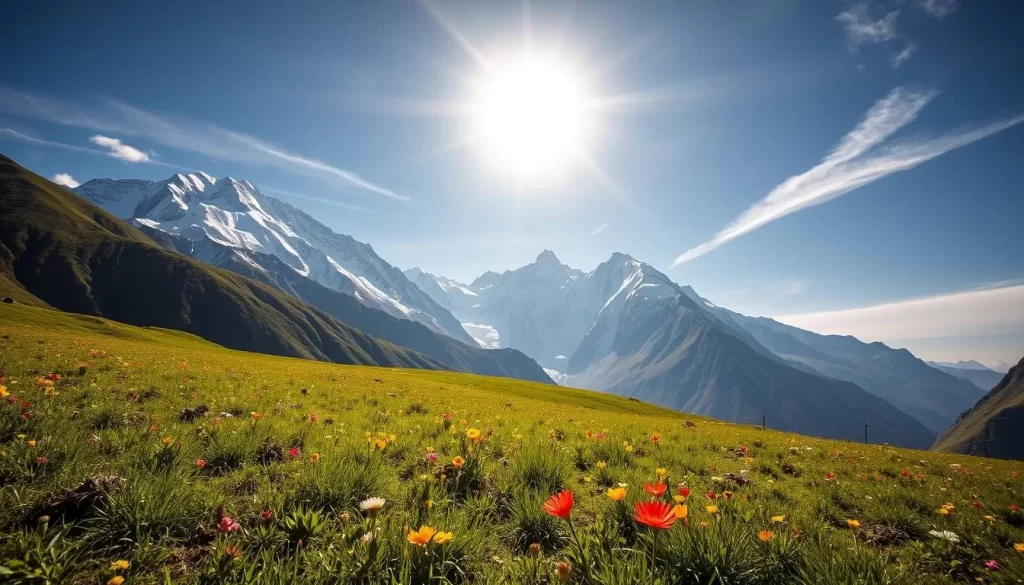
Seasonal Highlights by Region
The varied landscapes of Pakistan, from snow-capped mountains to warm coastal areas, have their own unique seasonal attractions. Understanding these regional highlights can help you plan a more enjoyable and tailored trip.
Gilgit-Baltistan and Hunza Valley
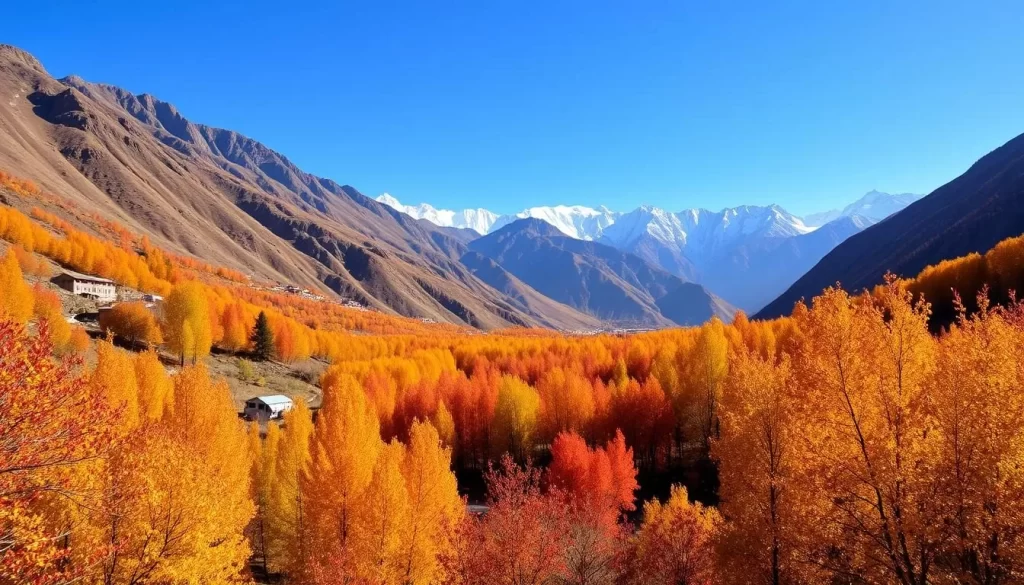
The Hunza Valley is best visited from April to October, when the weather is mild and the roads are accessible. During this time, you can enjoy trekking, sightseeing, and experiencing the local culture.
Punjab and Sindh Provinces

For Lahore and other parts of Punjab and Sindh, the best time to visit is from November to March, when the weather is cooler and more pleasant. This is ideal for exploring historical sites and enjoying cultural events.
Balochistan and Coastal Areas
Balochistan offers year-round attractions, with places like Hingol National Park and Ormara being accessible throughout the year. The best time to visit the interior regions is from November to March, avoiding the extreme summer heat. Coastal areas like Gwadar have moderate temperatures, making them suitable for visits at any time of the year.
Activity-Based Timing Guide
Pakistan offers diverse experiences throughout the year, but certain times are better suited for specific activities. Whether you’re looking for adventure, cultural immersion, or natural beauty, timing your visit correctly can make all the difference.
Trekking and Mountain Adventures: July-August
The best time for trekking and mountain adventures in Pakistan is during July and August. These months offer the most favorable conditions for tackling the challenging terrains of the Karakoram range, including the famous K2 base camp trek.
Key Highlights: Warm weather, accessible mountain trails, and breathtaking views.
Cultural Sightseeing: October-November
For those interested in cultural sightseeing, October and November are ideal. The weather is pleasant, and the landscapes are particularly vibrant after the monsoon season, making it perfect for exploring historical sites and experiencing local culture.
Enjoy the rich cultural heritage and historical landmarks without the harsh weather conditions.
Spring Blooms and Festivals: March-April
Spring in Pakistan is a treat for the senses, with March and April being the best months to witness the beautiful blooms in the mountain valleys. The Hunza, Swat, and Chitral valleys are particularly stunning during this time, with apple, cherry, and apricot blossoms creating a picturesque landscape.
Best Time for: Experiencing the spring blooms, attending cultural festivals, and enjoying the natural beauty.
Weather Considerations and Travel Tips
Understanding the weather considerations and having the right travel tips can significantly enhance your experience in Pakistan. The country’s diverse climate zones mean that weather conditions can vary greatly from one region to another.
Monsoon Season and Flooding Risks
Pakistan’s monsoon season, which typically occurs between July and September, can bring heavy rainfall and increase the risk of flooding. It’s essential to check weather forecasts before traveling to areas prone to monsoon flooding.
Religious Festivals and Holiday Planning
Pakistan celebrates various religious festivals throughout the year. Planning your trip around these events can enrich your cultural experience. For instance, the Kalash Winter Solstice Festival is a unique cultural event, but it requires packing warm clothing due to cold temperatures in the mountains.
Packing Essentials for Different Seasons
When traveling to Pakistan, it’s crucial to pack layers for your trip, as temperatures can fluctuate significantly between the lowlands and the mountains. Even in months when it’s warm in the valleys, it can snow at high altitudes. For example, Shandur Pass can experience snow in July.
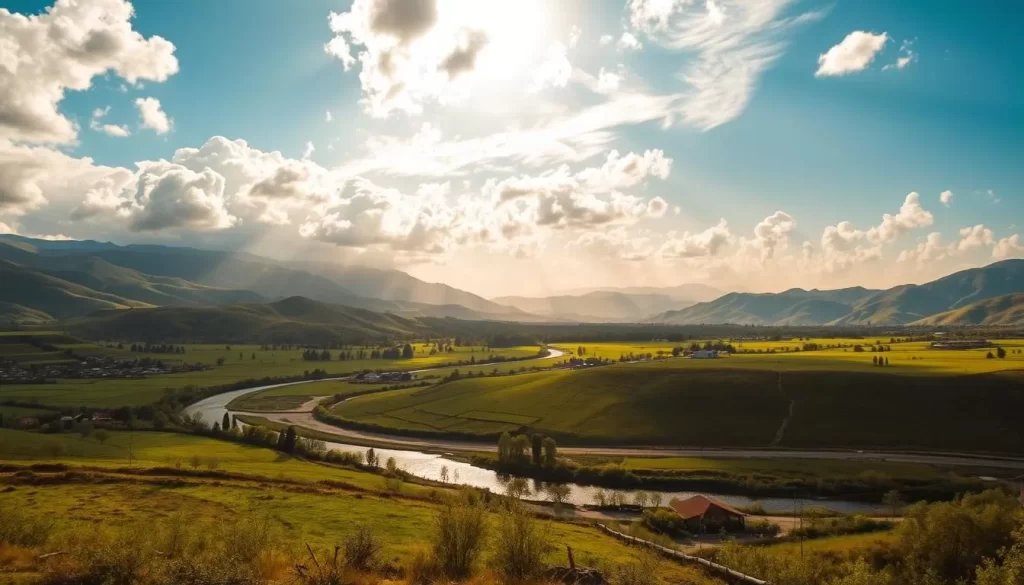
- Pack clothing that can be layered to adjust to varying temperatures.
- Include gear suitable for high-altitude activities or trekking.
- Consider modest clothing for conservative areas.
- Be prepared for extreme weather conditions, from heat to cold.
Conclusion: Planning Your Weather-Perfect Pakistan Trip
The best time to visit Pakistan depends on your interests and preferences. Whether you’re trekking in the northern mountains or exploring the southern plains, Pakistan has a perfect time for you to visit.
For a comprehensive experience, consider the shoulder season, particularly October, which offers comfortable weather and fewer tourists. You can enjoy the northern mountains from April to October and the southern plains from November to March.
When planning your trip, keep in mind the scheduling of local religious holidays and the impact of monsoon rains. With this guide, you’ll be able to create a weather-perfect Pakistan itinerary tailored to your interests and preferences.
The above is subject to change.
Check back often to TRAVEL.COM for the latest travel tips and deals.
